Solid foundation
As the southernmost province of the country, Ca Mau has 3 sides bordering the sea, with a coastline of 254km and a sea area of about 80,000km². This strategic location is not only a gateway on the national and international sea transport corridor, but also opens up a golden opportunity for Ca Mau to strongly develop the maritime economy , logistics services and international trade.
Ca Mau is currently the aquaculture capital of the country, with the largest shrimp farming area (about 300,000 hectares) and leading output. In 2024, the province's total aquatic product output will reach 647,000 tons, of which farmed shrimp will reach 252,000 tons, bringing in an impressive export turnover of 1,119 billion USD.
Ca Mau's aspiration to "reach out to the sea" is not only based on fisheries, but is also reinforced by other potentials. The province is highly appreciated for its renewable energy thanks to stable sea winds, with a potential offshore wind power capacity of more than 8.5GW. Moreover, the system of three strategic island clusters Hon Khoai, Hon Chuoi, Hon Da Bac together with Mui Ca Mau National Park and U Minh Ha National Park have created a unique resource for sea and island tourism and ecology.
Realizing this great potential, Ca Mau has been synchronously implementing policies and guidelines in the spirit of Resolution No. 36-NQ/TW dated October 22, 2018 of the 12th Party Central Committee "on the Strategy for sustainable development of Vietnam's marine economy to 2030, with a vision to 2045". One of the breakthrough projects is the Hon Khoai dual-use general port, expected to start construction on August 19, 2025. When completed, this project will connect the island cluster with the mainland, forming a complete marine economic "ecosystem", paving the way for the province's remarkable development.
Along with the establishment of a 27,000ha Marine Protected Area and the completion of many fishing port and wharf projects, the province has paid special attention to combining the development of coastal and offshore wind power projects with ecotourism, ensuring sustainable economic growth while protecting the environment. The combination of strategic position, diverse economic potential and key projects is creating a solid foundation, helping Ca Mau realize its aspiration to get rich from the sea and islands.

Towards the region's maritime economic center
In the context of climate change, rising sea levels, increasingly deep international integration and the need for green energy conversion, Ca Mau province is entering a new development phase with many opportunities and challenges, requiring a long-term strategic vision in developing the marine economy.
The document of the 1st Congress of the Ca Mau Provincial Party Committee (term 2025-2030) has identified a breakthrough goal: "Promoting the development of marine economic sectors is one of the key tasks, aiming to effectively implement the Strategy for sustainable development of Vietnam's marine economy to 2030, vision 2045, making Ca Mau one of the marine economic centers of the Mekong Delta and the whole country". With that strategic vision, Ca Mau has oriented key contents to build a green and sustainable marine economy in the period 2025 - 2030.
That is to develop seaport infrastructure and maritime services: build Hon Khoai Port according to the model of a general, dual-use port, the largest deep-water port in the Mekong Delta, able to receive ships with a capacity of 250,000 tons. At the same time, form fishing logistics centers at Hon Chuoi, Hon Khoai, Hon Da Bac associated with the fishing port system and storm shelters. Completing the Can Tho - Ca Mau - Dat Mui expressway will ensure seamless connection of the seaport with the national and international transport system.
Developing renewable energy and blue ocean industry: the goal set for 2030 is to attract investment in about 16,000 MW of renewable energy, focusing on offshore wind power; aiming to become a clean energy supply center of ASEAN; combining wind power with coastal eco-tourism, forming a green, circular economic model.
Besides building a high-tech seafood farming - processing - exporting ecosystem, the province will mobilize many resources to develop marine farming (lobster, pomfret, molluscs) in coastal and island areas, striving to increase seafood export turnover to 1.5 billion USD/year by 2030.
On the other hand, Ca Mau will develop strategic destinations such as Ca Mau Cape, Thi Tuong Lagoon, Hon Khoai, and Hon Da Bac, which will be linked to the construction and development of sea tourism routes connecting with neighboring localities. At the same time, it will focus on exploiting the unique elements of cultural identity and folk festivals of the river region, creating a unique Ca Mau tourism brand.
The province is also committed to sustainable development by expanding the marine reserve to 53,600 hectares, restoring the ecosystem with artificial coral reefs, and strictly controlling resource exploitation. Regarding regional connectivity, Ca Mau will form a Southwestern marine economic corridor and strengthen international cooperation, aiming to build Ca Mau into a clean electricity transmission and sustainable aquaculture center of ASEAN.
Source: https://daibieunhandan.vn/ca-mau-khat-vong-lam-giau-tu-bien-10394569.html







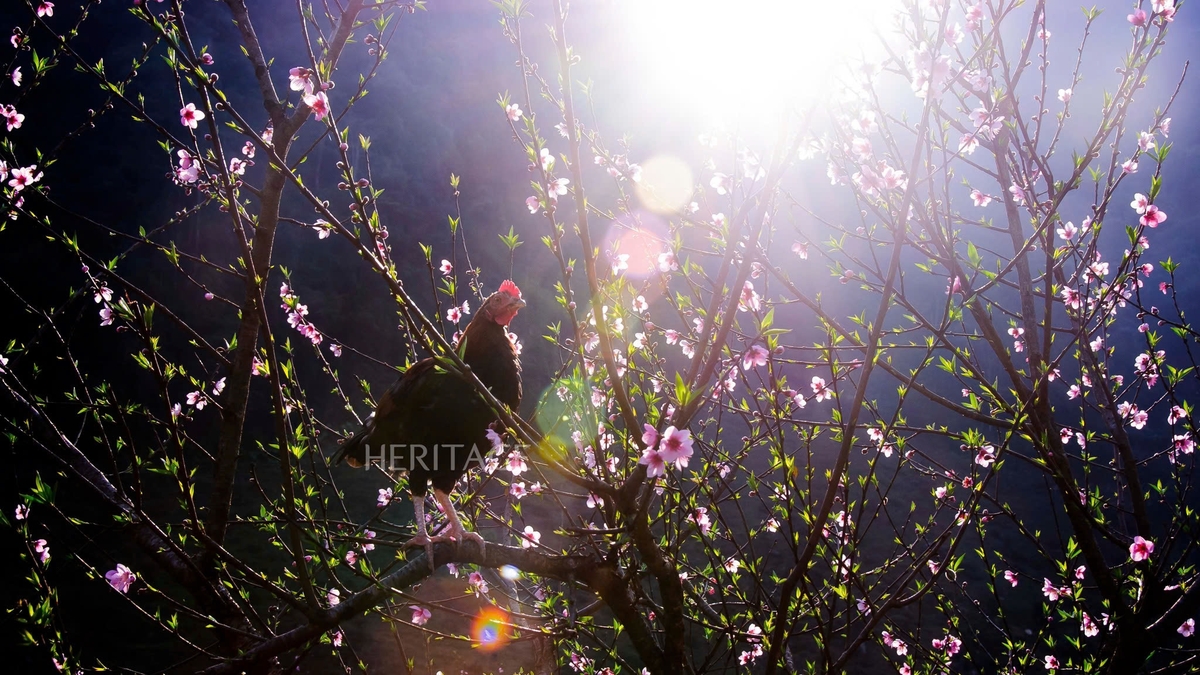
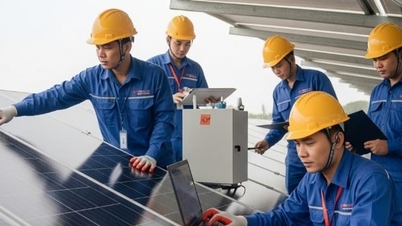








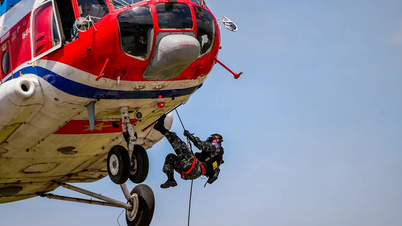

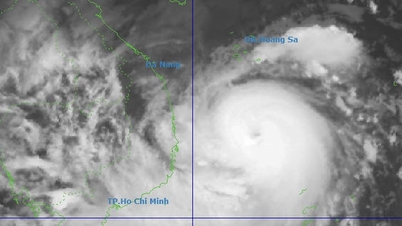

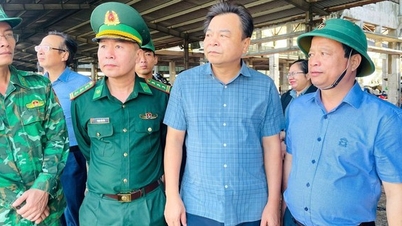

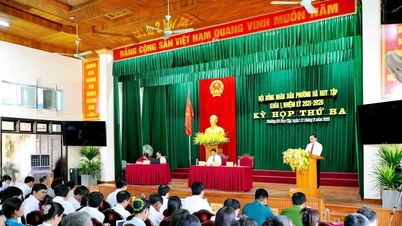
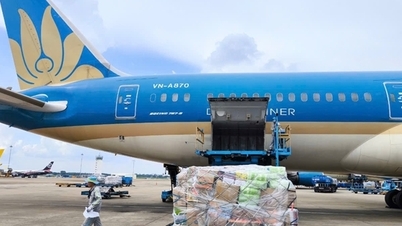









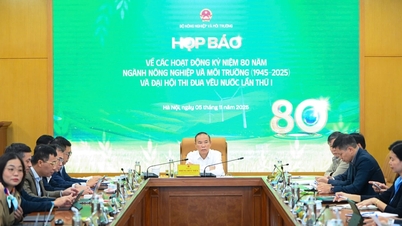
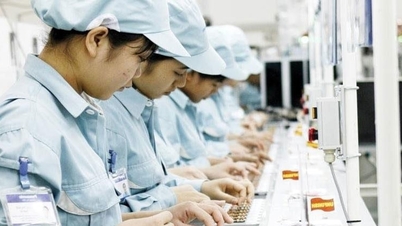


![[Photo] Opening of the 14th Conference of the 13th Party Central Committee](https://vphoto.vietnam.vn/thumb/1200x675/vietnam/resource/IMAGE/2025/11/05/1762310995216_a5-bnd-5742-5255-jpg.webp)












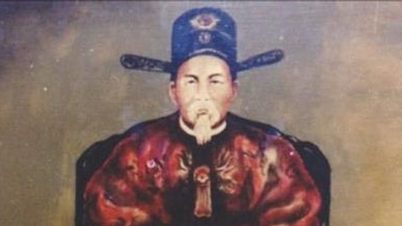







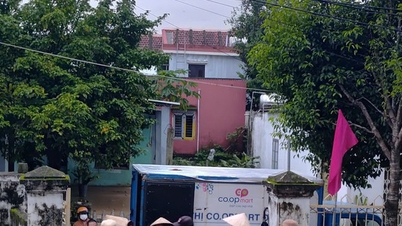
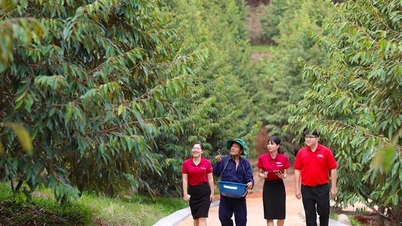


















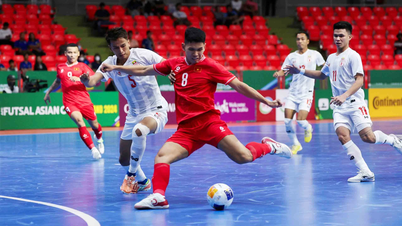



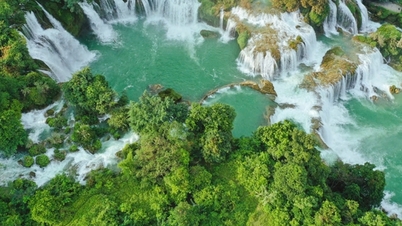



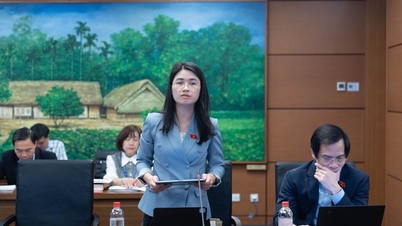



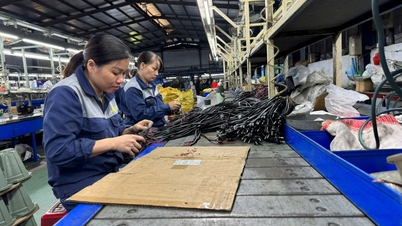

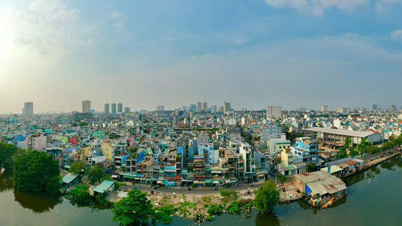




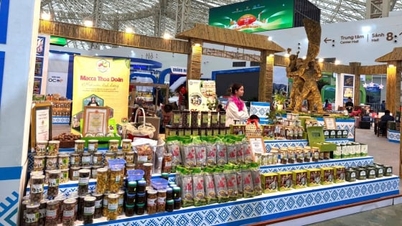









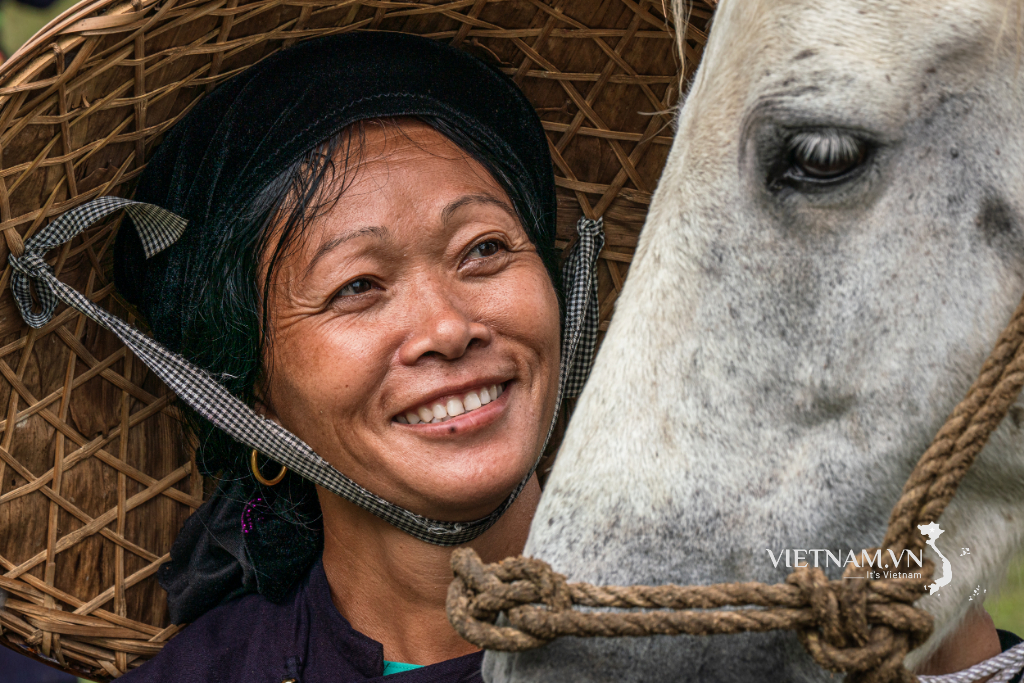
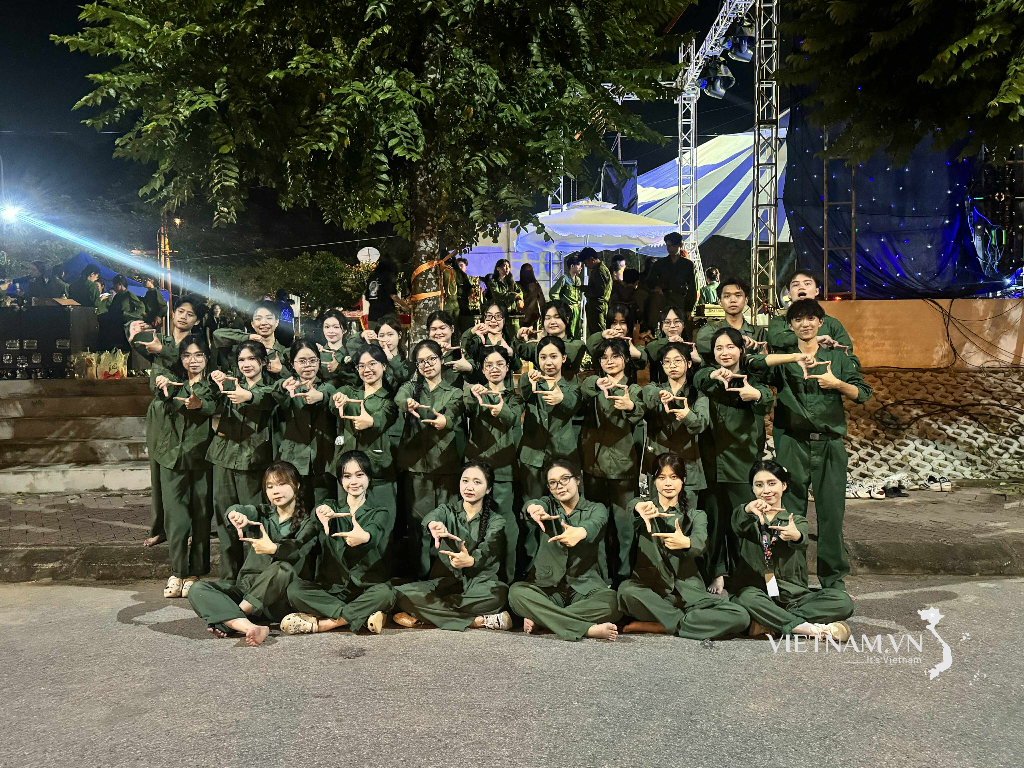
Comment (0)